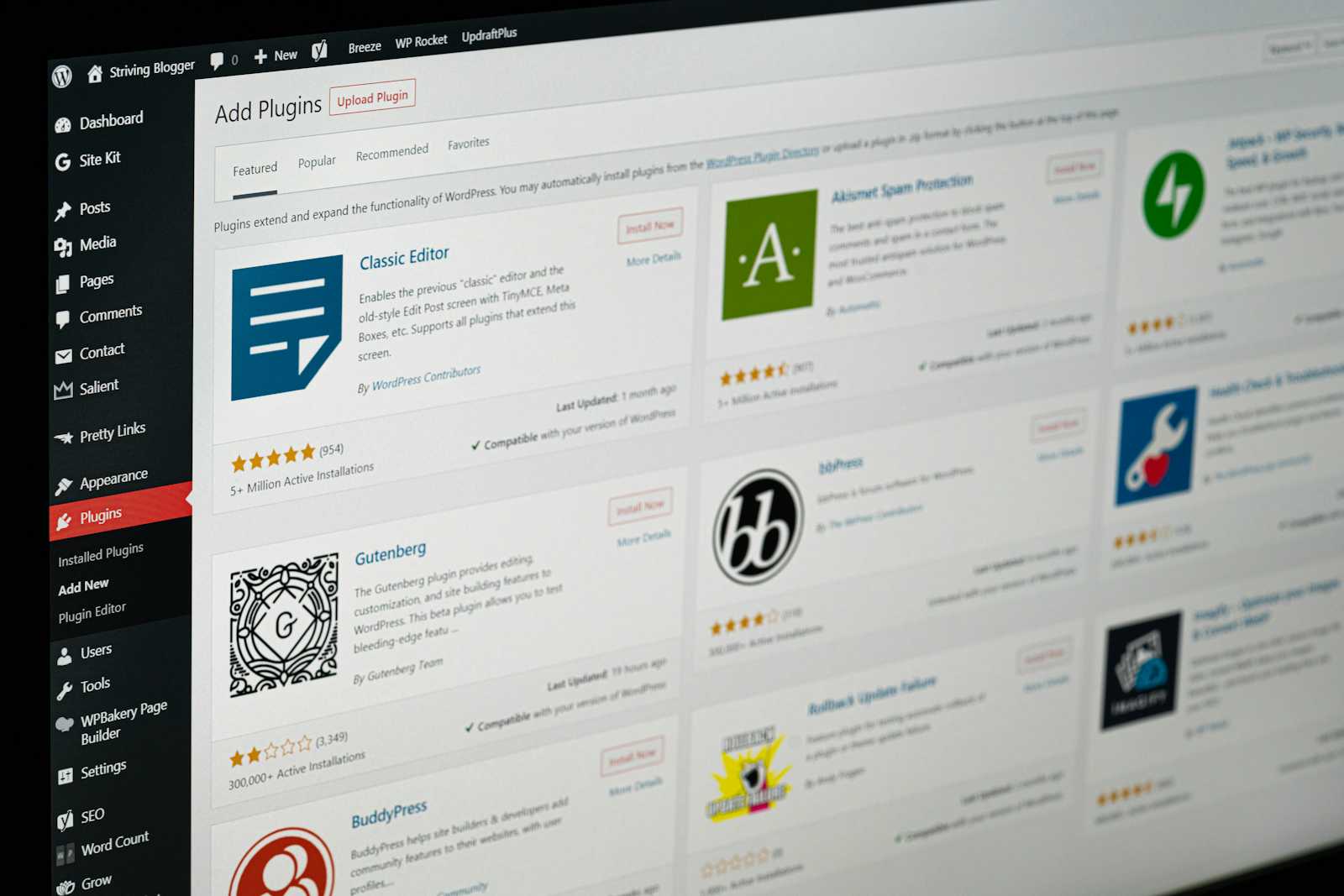Mastering Calendar and Email Management: A Comprehensive Guide
 Moris Wanyiri
Moris WanyiriTable of contents

Mastering Calendar and Email Management: A Comprehensive Guide
In today’s fast-paced world, effective calendar and email management is essential for productivity, organization, and stress reduction. Whether you’re a professional, student, or entrepreneur, mastering these tools can transform how you approach your daily tasks. This article explores practical strategies, tools, and tips to optimize your calendar and email management.
1. The Importance of Calendar and Email Management
Time Optimization: A well-organized calendar ensures you allocate time efficiently, avoiding overcommitment and missed deadlines.
Reduced Stress: Managing emails effectively prevents inbox overload and helps you focus on priorities.
Improved Communication: Clear scheduling and prompt email responses enhance professional relationships.
2. Calendar Management Strategies
a. Prioritize and Plan
Use a digital calendar (e.g., Google Calendar, Outlook) to schedule tasks, meetings, and deadlines.
Color-code events by category (e.g., work, personal, health) for quick visual reference.
Block time for deep work and breaks to maintain productivity.
b. Set Reminders and Alerts
Configure reminders for important events to avoid missing deadlines.
Sync your calendar across devices for accessibility.
c. Review and Adjust
Conduct a weekly review to assess upcoming tasks and adjust schedules as needed.
Learn to say “no” to avoid overbooking.
3. Email Management Techniques
a. Organize Your Inbox
Use folders, labels, or tags to categorize emails (e.g., work, personal, subscriptions).
Archive or delete unnecessary emails to keep your inbox clutter-free.
b. Adopt the 2-Minute Rule
If an email can be addressed in two minutes or less, respond immediately.
For longer emails, schedule a specific time to handle them.
c. Leverage Automation
Use filters to automatically sort incoming emails into relevant folders.
Set up canned responses for frequently asked questions.
d. Unsubscribe and Declutter
Regularly unsubscribe from newsletters or promotions you no longer read.
Use tools like Unroll.me to manage subscriptions efficiently.
4. Integrating Calendar and Email Management
Sync Emails with Calendar: Automatically add events from emails (e.g., flight confirmations, meeting invites) to your calendar.
Use Task Management Tools: Platforms like Todoist or Trello can integrate with your calendar and email to streamline workflows.
Batch Email and Calendar Tasks: Dedicate specific times of the day to handle emails and update your calendar.
5. Tools to Enhance Efficiency
Calendar Tools: Google Calendar, Outlook Calendar, Apple Calendar.
Email Tools: Gmail, Outlook, Spark, Superhuman.
Automation Tools: Zapier, IFTTT, Boomerang.
6. Tips for Long-Term Success
Consistency: Make calendar and email management a daily habit.
Flexibility: Adapt your system as your needs evolve.
Self-Care: Avoid overloading your schedule and prioritize downtime.
Conclusion
Effective calendar and email management is not just about staying organized—it’s about reclaiming your time and focus. By implementing these strategies and leveraging the right tools, you can create a system that works for you, enabling you to achieve your goals with clarity and confidence. Start small, experiment with different approaches, and watch your productivity soar.
Subscribe to my newsletter
Read articles from Moris Wanyiri directly inside your inbox. Subscribe to the newsletter, and don't miss out.
Written by

Moris Wanyiri
Moris Wanyiri
Passionate developer and technical writer with a knack for bridging the gap between complex technology and clear, accessible communication. Skilled in crafting intuitive code, detailed documentation, and engaging technical content that empowers users and developers alike. Dedicated to continuous learning, problem-solving, and sharing knowledge to drive innovation and collaboration in the tech community.